Why You Shouldn’t Ignore That Tree Stump in Your Yard
Tree stumps often seem like a harmless leftover after tree removal—but what you don’t see can become a problem over time. From decay and pests to unwanted tree regrowth, ignoring a stump can lead to serious issues in your yard.
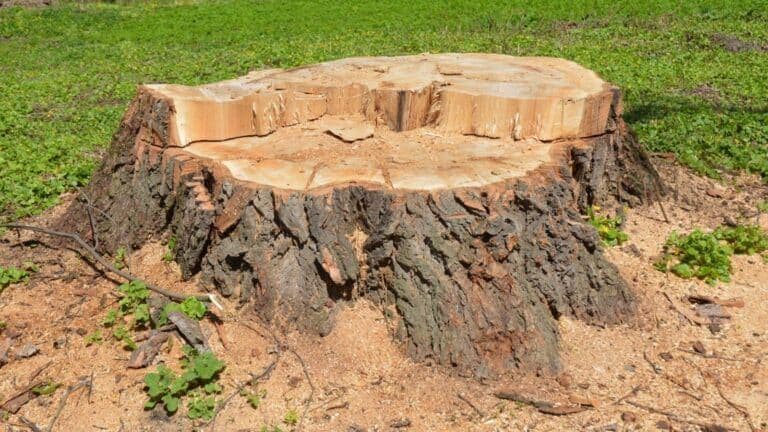
Table of Contents
- What Happens When You Leave a Tree Stump Behind
- Tree Regrowth from the Stump
- Stump Decay Brings Pests and Fungi
- Safety and Property Risks
- Tree Stump Removal Options
- What to Do with a Tree Stump
- How to Get Rid of Stumps Without Grinding
- The Cost to Remove a Tree Stump
- Choosing the Right Solution
- The Smart Solution: Professional Stump Grinding Services
What Happens When You Leave a Tree Stump Behind
Tree Regrowth from the Stump
It’s a common myth that once a tree is cut down, it’s gone for good. In reality, a tree can regrow from a stump if the root system remains active. This often results in fast-growing shoots or suckers popping up around the base—creating not just an eyesore, but another tree to remove.
Left unchecked, these new shoots can siphon water and nutrients from surrounding plants, making your landscape more difficult to manage. Regrowth also makes future removal harder and more costly.
Stump Decay Brings Pests and Fungi
As a tree stump decays, it creates the ideal habitat for pests such as carpenter ants, termites, beetles, and even snakes or mice. These pests often don’t stay confined to the stump—they eventually spread to nearby plants, structures, or even your home.
Fungal growth, such as mushrooms, is another red flag. While some are harmless, others may be toxic to pets and children. And because fungal spores spread underground, your healthy trees could also be at risk.
Safety and Property Risks
That old stump in the yard isn’t just unattractive—it can be dangerous. Stumps create tripping hazards, especially for children or anyone unfamiliar with your yard’s layout. They’re also tough to mow around, increasing your chances of equipment damage or personal injury.
Even worse, roots that were once part of the tree can continue to grow underground, sometimes pushing up pavement, cracking pipes, or interfering with foundations.
Tree Stump Removal Options
What to Do with a Tree Stump
If you’re wondering what to do with a tree stump, you have a few options. Some homeowners leave it in place and hope it will eventually rot away. Others try creative solutions like turning it into a planter or seating area.
But if your goal is to reclaim yard space or prevent the issues listed above, removal is the safest bet. That’s where professional help becomes essential.
How to Get Rid of Stumps Without Grinding
While stump grinding is the most common method of removal, some people explore alternatives. You can use chemical stump removers to speed up decay or try natural methods like covering the stump with mulch to rot it out over time.
These approaches, however, are slow and not always effective—especially for larger stumps or hardwood species. If you’re dealing with persistent regrowth or deep roots, DIY methods are rarely enough.
The Cost to Remove a Tree Stump
One of the most common questions we hear is: how much does it cost to remove a tree stump? The answer depends on several factors, including the size of the stump, its location, and the surrounding terrain.
Stump grinding is usually more affordable than full stump removal, especially when dealing with multiple stumps or hard-to-access areas. A quick assessment from a professional can help you understand your options and budget accordingly.
Choosing the Right Solution
The Smart Solution: Professional Stump Grinding Services
Hiring professional stump grinding services is often the most efficient and effective way to deal with leftover stumps. Experts use specialised machinery to grind down the stump below ground level, allowing the area to be reseeded or repurposed safely.
Unlike removal, grinding leaves the roots in place, where they’ll eventually decay naturally. This process avoids the disruption of digging out the entire root system—especially helpful if your yard has landscaping, irrigation, or fencing nearby.
Tags
Read More Articles
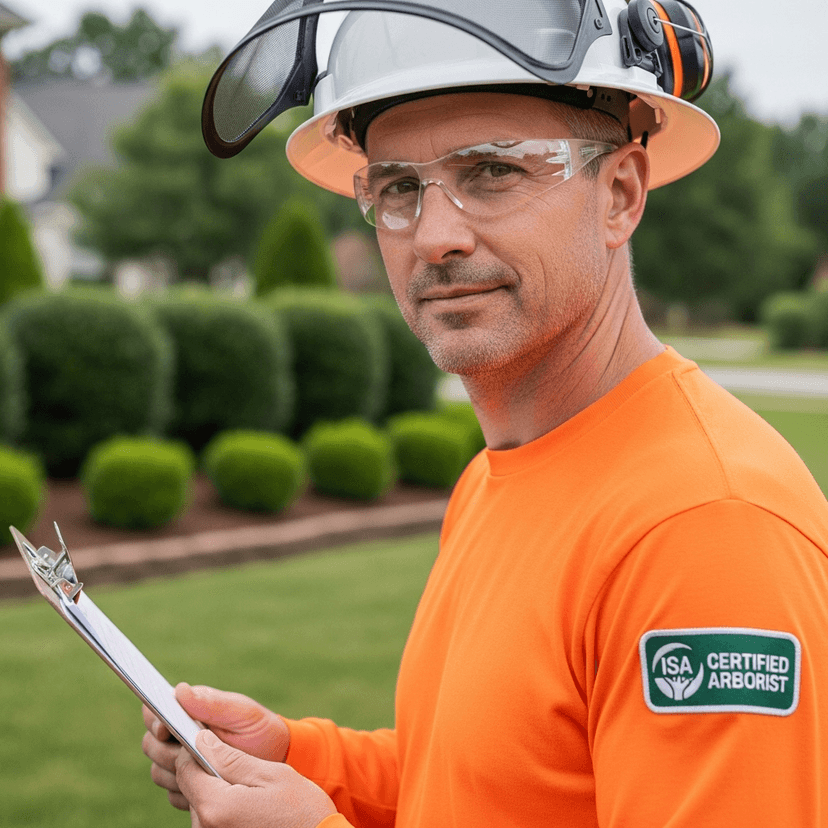
What Does a Certified Arborist Do? A Homeowner’s Guide
Trees are a valuable part of your landscape—but when problems arise, it can be hard to know who to call. This is where c...
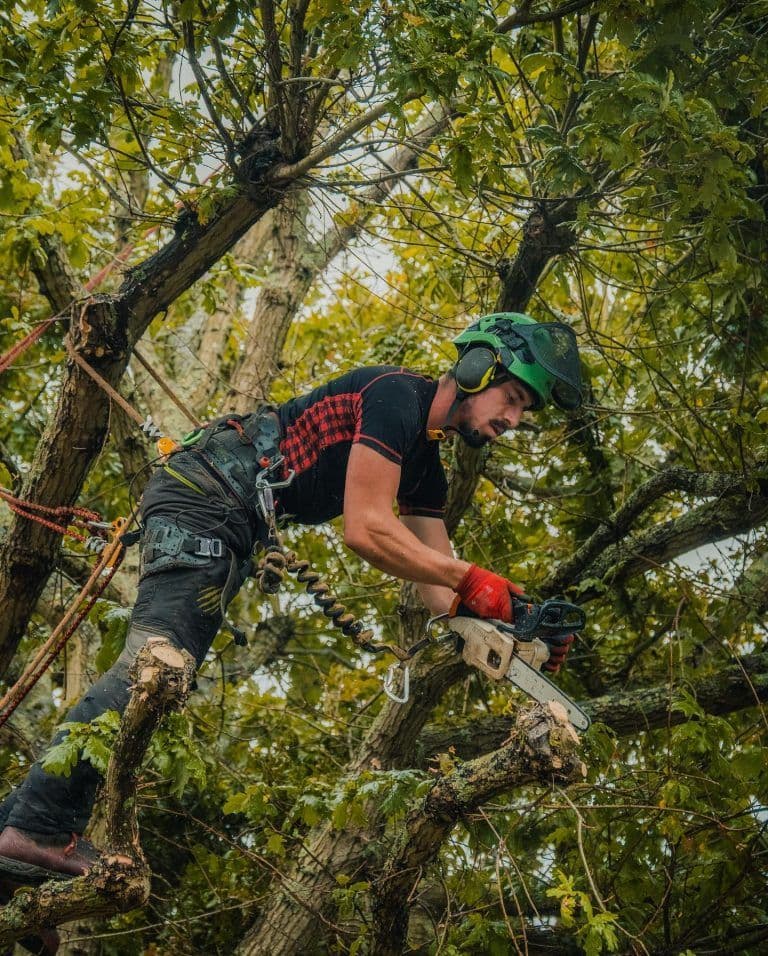
Why Regular Tree Trimming Keeps Your Landscape Healthy
Trees play a valuable role in every outdoor space. They add height, structure, shade, and character to the landscape. Bu...
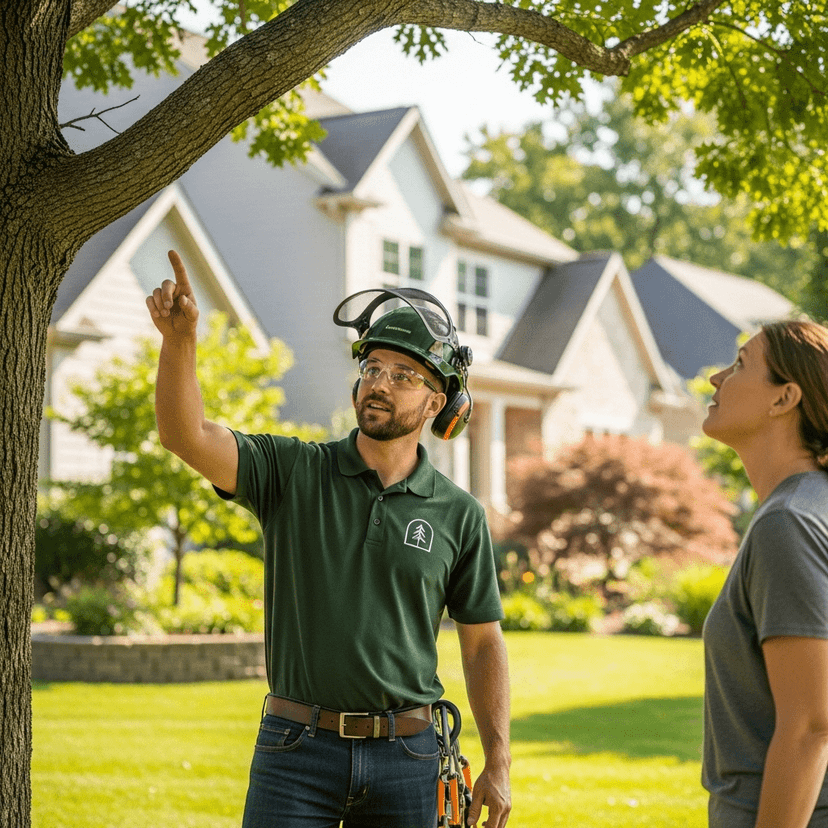
7 Clear Signs It’s Time to Remove a Tree from Your Property
It’s not always easy to decide when a tree should be removed. Trees can hold sentimental value, offer shade, and provide...
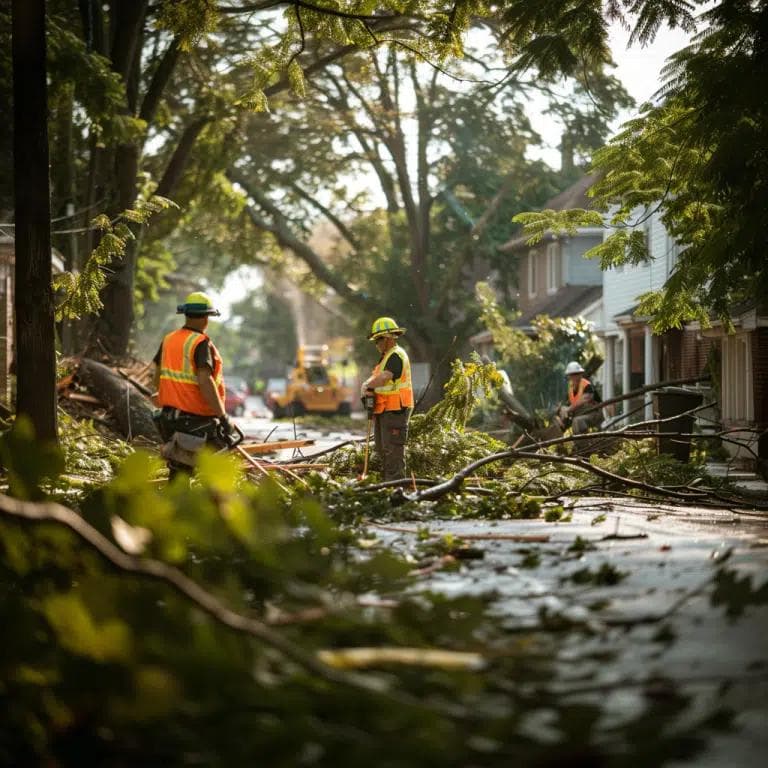
How to Identify Sick Trees: A Complete Guide for Homeowners
Identifying Sick Trees: Essential Tree Care Advice for Johnson City Homeowners A healthy tree condition is vital for mai...

